Babies use the “tongue-thrust reflex” or “extrusion reflex” when they suck on the breast or bottle while feeding. They start losing this reflex by the age of 4 – 6 months and can start eating solid foods. By this age, babies can sit up with some support and you can start feeding them solid baby foods. They will even start showing interest in the foods that you eat. Any type of pureed food will be the best solid food to begin with. It is easy and cheap to make purees at home and to ensure that you are aware of the food that the baby is eating. In case of babies who have been exclusively breastfed, the introduction to solid foods should be done after 6 months of age. Next, let’s see how to make baby puree.
How to Make Fruit Purees for Babies
Nectarine Puree
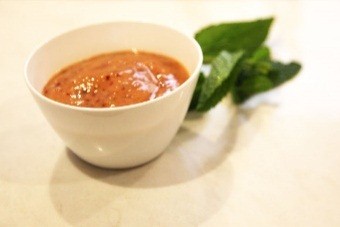 For baby: 4 months and above
For baby: 4 months and above
Benefits: Nectarine is a good source of vitamin A and C and fiber. It also has a diuretic effect on the body and act as a natural laxative.
Ingredients: 2 very ripe nectarines, breast milk or formula as required
Directions:
- 1. Wash, Peel and cut the fruit in small pieces.
- 2. Cook the pieces for a minute in boiling water or microwave for 1 and half minute with 1 spoon of water.
- 3. Add breast milk or formula and mash with spoon.
Blueberry Puree
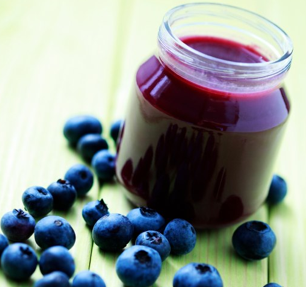 For baby: 6 months and above
For baby: 6 months and above
Benefits: Blue berries are good fruits to be introduced to the baby as they are high in antioxidants. They also contain vitamin A, vitamin C and fiber. Blueberries are also thought be reduce cholesterol levels. They also do not cause allergies and can be stored in the refrigerator.
Ingredients: 1 cup fresh blueberries, 1 cup of water
Directions:
- 1. Add blueberries to boiling water and cook for 15 minutes.
- 2. Strain and puree the berries in a food processor or blender.
- 3. Add the water to adjust consistency.
- 4. It can be mixed with cereals or other purees.
Cherry Puree
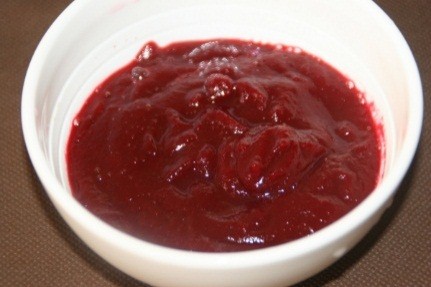 For baby: 8 months and above
For baby: 8 months and above
Benefits: Cherries contain nutrients like vitamin C, iron, calcium, potassium, fiber and beta carotene. They are sweet and juicy as well, which makes them excellent choice for baby food.
Ingredients: ½ cup deseeded cherries and ¼ cup water
Directions:
- 1. Cook the cherries along with water till they turn soft.
- 2. Puree in a food processor or blender.
- 3. You can substitute the water with apple juice if the cherries are too sour.
For apple and pear puree, watch the video to know how to make it:
How to Make Vegetable Purees for Babies
Carrot Puree
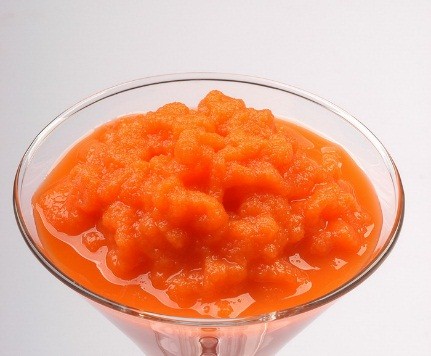 For baby: 4 months and above
For baby: 4 months and above
Benefits: Carrots are good for babies because they contain high level of beta carotene, which are converted to vitamin A. Beta-carotene is a type of carotenoid which are colored pigments and are also called as pro-vitamin A. It is important in the development of eyes.
Ingredients: 6 medium sized carrots, water to cook
Directions:
- 1. Peel and cut the carrot into slices or small pieces.
- 2. Steam for 20 minutes and keep the water aside.
- 3. Puree in a food processor and add water as required for right consistency.
- 4. It can be stored frozen in an ice cube tray as well.
Pumpkin Puree
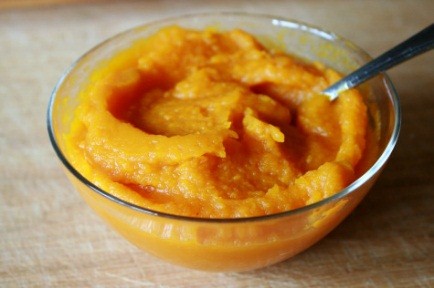 For baby: 6 months and above
For baby: 6 months and above
Benefits: Pumpkins have a sweet taste and are a good source of beta carotene, potassium and iron.
Ingredients: 1 cup pumpkin, ½ cup water, cinnamon (optional)
Directions:
- 1. Remove the seeds and skin from the pumpkin pieces.
- 2. Bake the pumpkin with a little water at 375 °F for 30 minutes.
- 3. Sprinkle cinnamon while baking, if required.
- 4. Mash with a spoon or puree in a food processor.
Potato Puree
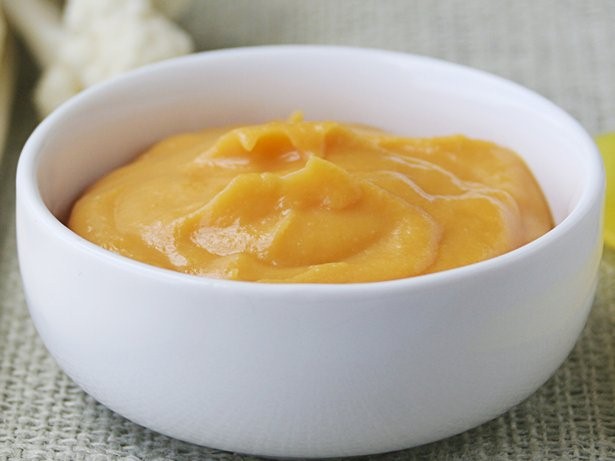 For baby: 8 months and above
For baby: 8 months and above
Benefits: Potatoes are starchy vegetables, with high level of potassium and fair quantity of vitamin C as well.
Ingredients: 2-3 white potatoes (depending on the quantity of puree required)
Directions:
This puree can be made by either steaming or baking the potatoes. The texture of the puree will be different depending on the cooking method.
- 1. Small cubes of potatoes can be steamed till soft or pricked potatoes can be baked for 40 minutes in oven set at 400 °F.
- 2. You can puree the potatoes in a food processor or blender until smooth and soft.
- 3. Water / Breast milk / Formula can be used to adjust the consistency.
For green bean puree, watch the video to know how to make it:
How to Make Meat Purees for Babies
Chicken Puree
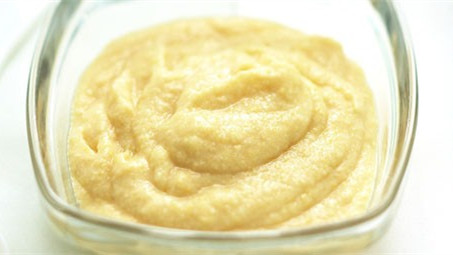 For baby: 7 months and above
For baby: 7 months and above
Benefits: Non-vegetarian sources of proteins are called first class proteins. Chicken is a very good source of protein and contains micro-nutrients like niacin, potassium, phosphorus etc.
Ingredients: 1 cup cooked chicken, ½ cup chicken stock or water
Directions:
- 1. Blend the chicken pieces in a blender or food processor till soft.
- 2. Add chicken stock to adjust the consistency.
- 3. This can be added to vegetable or fruit puree as well.
Beef Puree
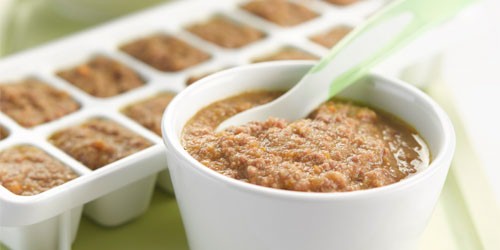 For baby: 8 months and above
For baby: 8 months and above
Benefits: Beef is also another excellent source of first class protein. It also contains minerals such as zinc, selenium, phosphorus, iron and also B complex vitamins
Ingredients: 1 cup cooked boneless beef (preferably cold), ½ cup stock
Directions:
- 1. Blend the beef pieces in a blender or food processor till soft or powdery.
- 2. Add stock to adjust the consistency.
- 3. This can be added to vegetable or fruit puree as well.
Watch the video to know how to make turkey fennel puree for baby:
